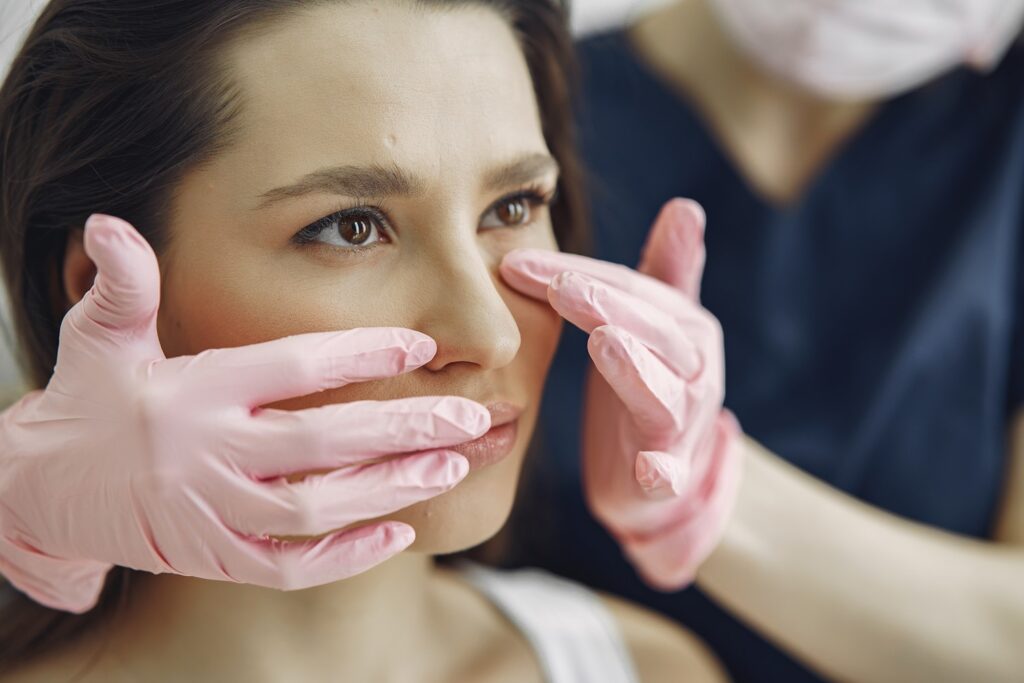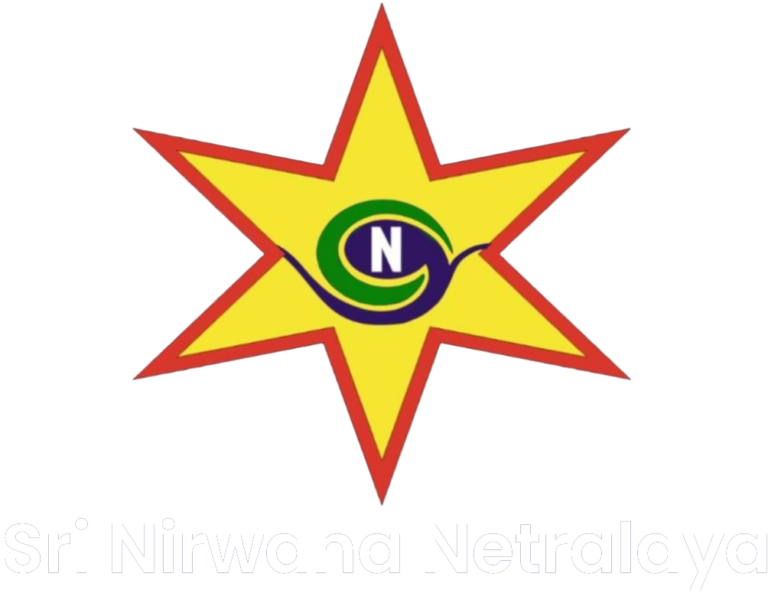What is Dacryocystorhinostomy?
Dacryocystorhinostomy is a surgery that helps treat a blocked tear duct. When your tear duct is blocked, tears cannot drain normally. As a result, your eye may water often or get infected. This surgery creates a new path for tears to drain from your eye into your nose. Many people call it the DCR procedure. Doctors often suggest this treatment when other methods do not work.
Symptoms Indicating the Need for Dacryocystorhinostomy
Sometimes, a blocked tear duct causes clear signs. If you notice these symptoms, you may need Dacryocystorhinostomy:Watery eyes that do not stopFrequent eye infectionsSwelling near the inner corner of the eyePain or redness around the eyeSticky discharge from the eye
However, not everyone has all these symptoms. If you notice any, talk to an eye doctor soon.
Causes and Risk Factors
Blocked tear ducts can happen for many reasons. Understanding the causes helps you know if you are at risk. Some common causes and risk factors include:Age: Tear ducts can narrow as you get olderInfections: Repeated eye or nose infections may block the ductInjury: An injury to the nose or face can damage the ductGrowths: Polyps or tumors in the nose may block the ductPrevious surgery: Past nose or sinus surgery can increase risk
Additionally, some people are born with narrow or blocked tear ducts. If you have any of these risk factors, stay alert for symptoms.
Diagnosis: How Dacryocystorhinostomy is Determined
Doctors use simple tests to check for a blocked tear duct. First, they may ask about your symptoms. Then, they might:Examine your eyes and nose closelyUse a special dye to see if tears drain properlyFlush water through the tear duct to check for a blockageOrder imaging tests, such as X-rays or scans, if needed
After these steps, your doctor will decide if Dacryocystorhinostomy is the best treatment for you.
Treatment: The Dacryocystorhinostomy Procedure Explained
Dacryocystorhinostomy surgery is usually safe and effective. During the procedure, the doctor makes a small opening between your tear sac and your nose. This new path lets tears drain easily. There are two main types of DCR procedures:External DCR: The doctor makes a small cut on the side of your nose.Endoscopic DCR: The doctor uses a tiny camera and tools through your nose. There is no outside cut.
Both methods help relieve symptoms. Your doctor will choose the best option for you. The surgery usually takes less than two hours. Most people go home the same day.
Recovery and Aftercare
After Dacryocystorhinostomy, you will need some time to heal. However, most people recover quickly. Here are some tips for a smooth recovery:Use eye drops or medicines as your doctor prescribesKeep the area clean and dryAvoid rubbing your eyes or noseDo not blow your nose hard for a few weeksAttend all follow-up visits with your doctor
Usually, you can return to normal activities in about a week. If you notice pain, swelling, or fever, contact your doctor right away.
Prevention and Lifestyle Tips
While you cannot always prevent a blocked tear duct, some steps may help. For example:Wash your hands often to prevent infectionsAvoid touching or rubbing your eyesTreat nose or sinus infections quicklyWear protective gear during sports or risky activities
By following these tips, you may lower your risk of needing tear duct surgery.
Frequently Asked Questions (FAQs)
Is Dacryocystorhinostomy surgery painful?Most people feel mild discomfort. Doctors use medicine to keep you comfortable during the procedure.What are the risks of tear duct surgery?Risks are rare but may include infection, bleeding, or scarring. Your doctor will discuss these with you.How long does DCR procedure recovery take?Most people recover in one to two weeks. However, full healing may take a bit longer.Will I need another surgery?Usually, one surgery is enough. In rare cases, the duct may block again, and a second procedure may be needed.Can children have Dacryocystorhinostomy?Yes, but doctors often try other treatments first in children. Surgery is only done if needed.
If you have more questions about Dacryocystorhinostomy or blocked tear duct treatment, ask your eye doctor.
Consult us today at Nirwana Netralaya for personalized advice about Dacryocystorhinostomy!




